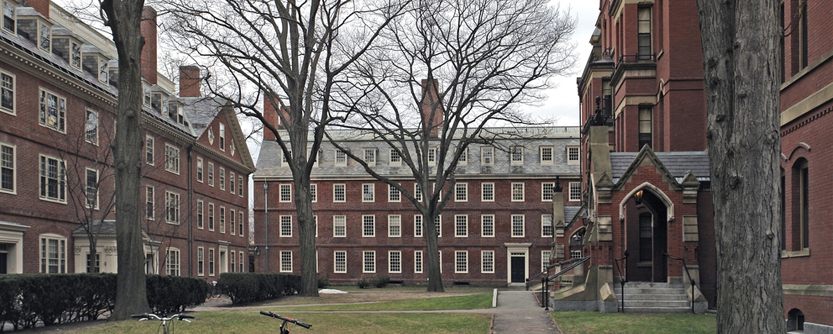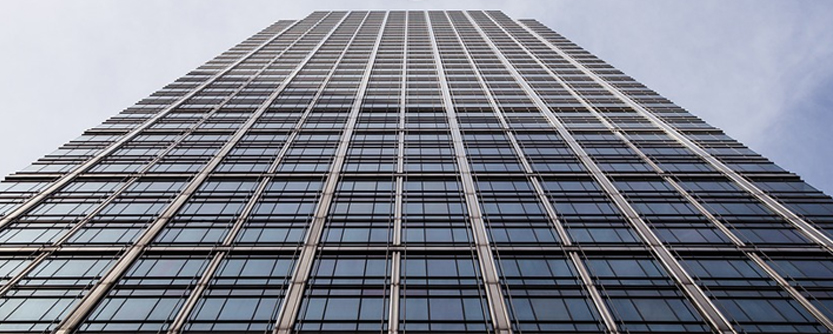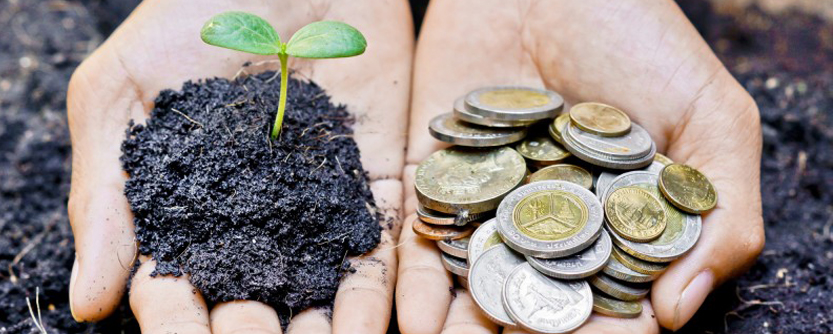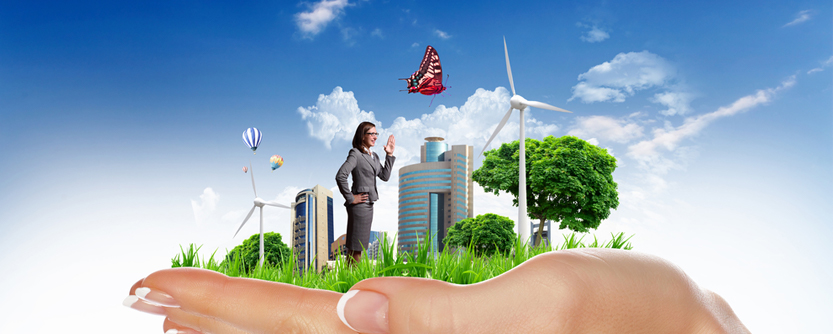Planet earth is home to 7.2 Billion people with no signs of a slow down in growth. On any given day, we celebrate more than 35,000 births and see rituals for 15,000 deaths. The staggering numbers however did not appear until after the industrial revolution: The world’s population did not reach one billion until the year 1800 – thousands and thousands and thousands of years after the birth of the earth. The second billion-population milestone was hit 130 years later, in 1930; the third billion occurred in less than 30 years (1959), the fourth billion in 15 years (1974), and the fifth billion in only 13 years (1987). It’s rather mind boggling to watch our numbers grow every second – but you can do it, real time, around the globe, on the website WorldoMeters. The numbers of births, deaths, population growth today and year to date, as well as the top largest countries are available, along with a variety of other statistics to dramatize the state of the world population.
Watching numbers can be fun, if you are a statistician, but the increase in world population, and the move towards urban centers, highlights the critical importance of ensuring that the cities are designed to support a low carbon footprint–and to teach individuals to adopt sustainable living as a simple matter of fact, as early in life as possible. Fortunately, many cities are transforming themselves to reduce their carbon footprint. A critical part of that transformation includes behavior changes through engagement of the population.
Greening of cities has become a prominent priority for planners, and both innovative and familiar strategies have been implemented to improve energy efficiency – targeting both systems and sources. Transportation has also been addressed so that access to useful public modes of transport, and safer bike and pedestrian options reduce reliance on individual cars. While infrastructure and technology are the foundation for greening our cities, the other key element is citizen behavior. And not only changes in behavior to support the implemented strategies, but changes that will create additional improvements.

The National Earth Day Campaign works throughout the year to help cities and citizens accelerate their transition to a cleaner, healthier and more economically viable future through improvements in efficiency, investments in renewable technology, and regulation reform. On April 21-22, 2014, The New York Times hosted its second annual conference on “Cities for Tomorrow,” bringing together public policy makers and C-suite executives in energy, technology, building and transportation, along with filmmakers, craftspeople and innovators, to discuss strategies for creating an urban environment that meets the needs of its citizens and runs cleanly and efficiently – in the world of tomorrow.
We have to be optimistic – as Pete Seeger said – “There is hardly anything bad in the world that doesn’t have something good connected to it.” So here are some interesting things to think about for Energy, Green Buildings and Transportation…
Energy: Within the United States and in other countries, there is continued reliance on outdated electric generation structures. To become more sustainable, the current systems must be redesigned and transitioned to renewable energy sources. Solutions for the 21st century must be embraced and implemented.
Looking towards the future, imagine communities sharing solar grids, or solar sidewalks such as the one recently installed at George Washington University, or micro grids and smart grids that integrate and function seamlessly. The projects underway at CASE (Center for Architecture Science and Ecology) are a sampling of the potential in this area.
Green Buildings: Buildings account for nearly one third of all global greenhouse gas emissions. As efficiency and design improve performance as a base standard, emissions will decrease dramatically. But this must occur across the construction industry, across the globe, and particularly in highly built up regions. Cities must update ordinances, switch to performance based building codes, and improve financing options.
In the future, we can expect that homes and other buildings will operate as living organisms. They will monitor performance and adapt to our needs in real time, saving us energy and money. Food will be available from the walls of our homes or foraged from the landscapes around any building.
Transportation: Transportation is the fastest growing source of greenhouse gas emissions worldwide. More than 75% of these emissions come from road vehicles. To reduce emissions and smog, local governments must develop stricter standards for emissions, while providing more options for public transportation and greater investments for alternative transportation, walkability and bikeability.
Imagine a future not just with smart cars, but with smart electric bicycles. The “Smart Wheel,” was created by start-up in New York City. It is a motorized bicycle wheel that fits onto almost any bike and contains a battery-powered motor in its wheel hub. The “smartwheel” connects to a smartphone through Bluetooth and monitors speed, distance, location and route. Over time, with enough data, the company will be able to learn where to build bike lanes and how to improve bike-friendliness in cities. According to the makers, “We want to make cities more livable, and make them more people—not car—friendly
The Earth Day 2014 website offers a host of toolkits and resource materials to support those interested in developing Green Cities campaigns. To find out more, send an email to greencities@earthday.org.
Maryland has made a priority of greening its cities and communities for many years. Governor O’Malley kicked off the State’s Smart, Green and Growing initiative in 2009 to “provide a place for citizens, businesses, organizations and governments to strengthen the economy, protect the environment, and improve the quality of life – components of a more sustainable future.” Doo Consulting provides information from a cross section of the State in this blog. If we’ve missed a city, county or municipality, please let us know by sending an email to info@bviwebsites.com, with the subject line, “Another Maryland Sustainability Plan.” Everything will be posted on our site in a Municipal sustainability strategies section, along with resources we can offer for the municipalities to help with their planning, implementation and metrics tracking or reporting.
Maryland’s Success Stories in Sustainability: Greening across the State.
Baltimore City’s Office of Sustainability: In 2014, the BoS used a public process to develop a comprehensive Disaster Preparedness and Planning document (DP3). That document and process is now being vetted with hundreds of citizens through a comprehensive outreach program.
The City of Bel Air: To encourage the purchase and use of sustainable products and local merchants, rebates are offered for the purchase of green products.Baltimore County: In an effort to promote more efficient transportation choices, the county is providing Electric Vehicle Charging Stations in the county garages; four more have been added this year
.Howard County: In addition to its many Sustainability initiatives for transportation, green buildings and energy incentives, Howard County encourages communities to adopt a green neighborhood program. They provide a “how to” document which is a guide to how to meet each requirement.
Frederick County: There are a variety of initiatives in Frederick County, from the Refrigerator Exchange program to Solarize Frederick. The Green Homes Challenge was featured this year, and the winners were just recently announced.
Maryland’s Sustainable Communities Program: Now there are more than 33 communities across Maryland named under this program that recognizes communities that have met certain requirements for sustainability, including more transportation choices, equitable, affordable housing, economic competitiveness, healthy, safe and walk able neighborhoods, and mixed use development. Read about them at the Department of Housing and Community Development, and perhaps find your own community there – or a reason to get started on the application!
Finally, if you are looking for more information on what to do on Earth Day, or other times during the year, check out this website.
































